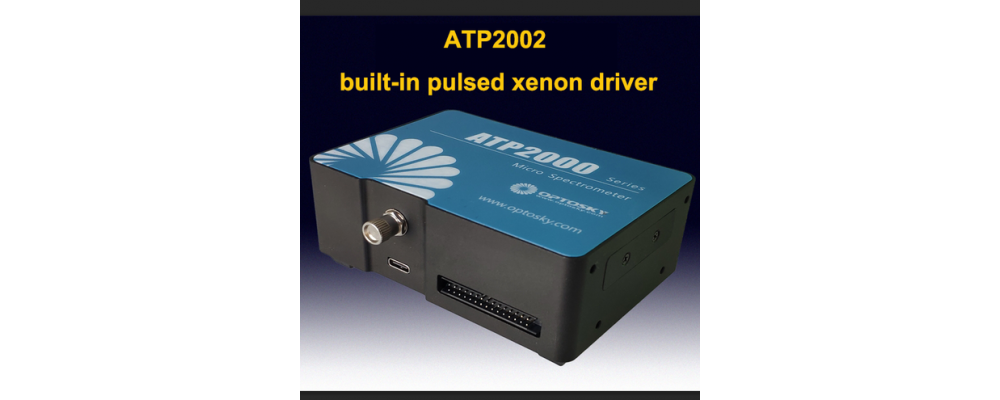How to use spectrophotometry to detect the environment?
As an analytical technology, spectrophotometry has been widely used in various fields of analytical chemistry. In particular, it is widely used in environmental monitoring. It is fast, sensitive and accurate to solve many substances that can not be directly measured and analyzed in environmental pollution.
Principle:
Spectrophotometry is a method for qualitative and quantitative analysis of a substance by measuring its absorbance or luminous intensity at a specific wavelength or within a certain wavelength range.
In the spectrophotometer, when the light of different wavelengths is continuously irradiated to a certain concentration of sample solution, the absorption intensity corresponding to different wavelengths can be obtained. If the wavelength (λ) is taken as the abscissa and the absorption intensity (a) as the ordinate, the absorption spectrum curve of the substance can be drawn. The method of qualitative and quantitative analysis using this curve is called spectrophotometry, also known as absorption spectrometry. The method of determining colorless materials with ultraviolet light source is called ultraviolet spectrophotometry; the method of determining colored materials with visible light source is called visible spectrophotometry. They are based on beer Lambert's law, just like colorimetry. The above ultraviolet and visible regions are commonly used. But the application of spectrophotometry includes ultraviolet, visible and infrared. The wavelength range of 200-400nm is ultraviolet region, 400-760nm is visible region, 2.5-25 μ m (100000 PX < - 1 > - 10000px < - 1 >) is infrared region.
When a beam of monochromatic light intensity of I0 vertically irradiates the solution of a substance, part of the light is absorbed by the system, so the intensity of the transmitted light is reduced to I, then the transmittance T of the solution is:
According to Lambert-Beer law: A=abc
Where a is the absorbance, B is the thickness of the solution layer (CM), C is the concentration of the solution (g / DM ^ 3), and a is the absorption coefficient. The absorption coefficient is related to the nature of the solution, temperature and wavelength. The absorption of light by other components (such as solvent) in the solution can be deducted by blank solution.
It can be seen from the above formula that when the thickness of the solution layer L and the absorption coefficient a are fixed, the absorbance a has a linear relationship with the concentration of the solution. In quantitative analysis, it is necessary to determine the absorption of different wavelengths of light (absorption spectrum) of the solution, from which the maximum absorption wavelength can be determined, and then the absorbance a of a series of solutions with known concentration C can be measured with the light source of this wavelength, and the a ~ C working curve can be drawn. When analyzing the unknown solution, the corresponding concentration can be determined by checking the working curve according to the measured absorbance a. This is the basic principle of concentration measurement by spectrophotometry.
Optosky has the most advanced technology, the spectrometer produced has excellent performance with spectrophotometry. There are good feedbacks in areas such as water quality monitoring and environmental protection.


















Comments: 0
No comments